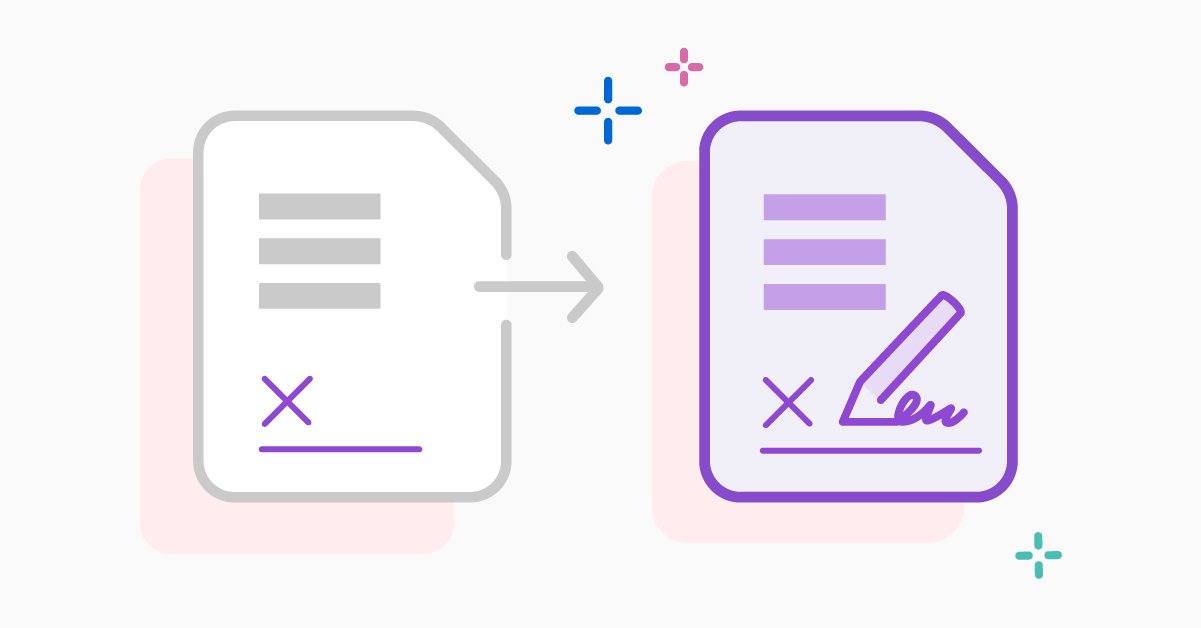Form filling work from home has emerged as a popular avenue for individuals seeking remote employment opportunities. In this digital era, businesses and organizations often require assistance with data entry tasks, including filling out various forms and documents.
This introduction provides an overview of form filling work from home, highlighting its relevance, opportunities, and the flexibility it offers to those looking to earn income from the comfort of their own homes.
Types of Form Filling Tasks

Online Surveys:
Companies and organizations often use online surveys to gather feedback from customers, employees, or target demographics. Form fillers may be tasked with entering responses from paper surveys into digital databases or directly inputting data from online survey platforms.
Registration Forms:
Businesses frequently require individuals to fill out registration forms for events, memberships, or accounts. Form fillers may assist by entering the information provided by users into electronic registration systems or databases.
Data Entry into Digital Databases:
Various industries, such as healthcare, finance, and retail, rely on digital databases to store and manage information. Form fillers may be responsible for entering data from physical documents or handwritten records into these digital databases accurately.
Paper-based Forms:
Despite the digitalization of many processes, paper-based forms are still prevalent in certain industries. Form fillers may be required to manually fill out paper forms with information provided by clients or customers, ensuring accuracy and completeness.
Applications:
Job applications, loan applications, and admission forms are examples of applications that often require detailed information from applicants. Form fillers may assist individuals by completing these applications based on the provided information or transferring data from application forms to digital systems.
Contracts and Legal Documents:
Contracts, agreements, and legal documents often involve filling out standardized forms with specific details related to the parties involved, terms, and conditions. Form fillers may help by inputting relevant information into these documents accurately.
Insurance Claims:
Insurance companies require policyholders to submit claims forms to request coverage for various types of losses or damages. Form fillers may assist policyholders in completing these forms correctly and submitting them to the insurance company for processing.
Financial Forms:
Banks, investment firms, and accounting agencies use various financial forms for transactions, reporting, and compliance purposes. Form fillers may be tasked with entering financial data into these forms accurately, ensuring compliance with regulations and internal policies.
These are just a few examples of the diverse range of form filling tasks that individuals may encounter in the realm of remote data entry work. Each type of form filling task requires attention to detail, accuracy, and adherence to specific instructions to ensure the integrity of the data entered.
Work From Home On Mobile: Productivity On-The-Go

Tools and Equipment Needed
- Computer: A reliable computer or laptop is essential for accessing online forms, data entry software, and communication tools needed for remote form filling tasks.
- Internet Connection: A stable internet connection is necessary for accessing online forms, submitting completed forms, and communicating with clients or employers.
- Data Entry Software: Depending on the requirements of the task, form fillers may need data entry software such as Microsoft Excel, Google Sheets, or specialized data entry applications to input and manage data accurately.
- Scanner: For tasks involving paper-based forms, a scanner allows form fillers to convert physical documents into digital format for data entry and submission.
- Printer: A printer may be necessary for printing out paper forms that need to be filled out manually, as well as for printing completed forms for record-keeping purposes or submission.
- Document Management Tools: Tools for organizing and managing electronic documents, such as cloud storage services like Google Drive or Dropbox, are useful for storing completed forms securely and accessing them from any location.
- Communication Tools: Email, instant messaging platforms, and video conferencing tools enable form fillers to communicate effectively with clients or employers, clarify instructions, and seek assistance when needed.
- Ergonomic Workspace: An ergonomic workspace setup, including a comfortable chair, desk, and proper lighting, helps form fillers maintain comfort and productivity during long hours of data entry work.
- Backup System: It’s important to have a backup system in place for storing completed forms and data in case of computer malfunctions or data loss. This could include regular backups to external hard drives or cloud storage solutions.
By ensuring they have the necessary tools and equipment, form fillers can perform their tasks efficiently and accurately while working from home.
Finding Opportunities for Form Filling Work

- Online Freelancing Platforms: Websites like Upwork, Freelancer, and Fiverr offer a wide range of data entry and form filling projects posted by clients from around the world. Form fillers can create profiles, browse available projects, and submit proposals to secure work opportunities.
- Remote Job Boards: Remote job boards such as Remote.co, We Work Remotely, and FlexJobs often feature listings for remote data entry positions, including form filling tasks. Form fillers can search for relevant job listings, submit applications, and potentially land long-term remote employment opportunities.
- Direct Client Outreach: Form fillers can proactively reach out to businesses, organizations, and agencies that may require assistance with data entry tasks, including form filling. Sending personalized emails, making phone calls, or networking on professional platforms like LinkedIn can help form fillers connect with potential clients and secure projects.
- Industry-Specific Websites: Some industries have specialized websites or platforms where businesses and professionals post job opportunities or projects related to data entry and form filling. Form fillers can explore industry-specific forums, groups, or websites relevant to their skills and interests to find potential opportunities.
- Networking and Referrals: Building relationships with fellow freelancers, clients, and industry professionals can lead to referrals and new opportunities for form filling work. Attending networking events, joining online communities, and participating in industry-related discussions can help form fillers expand their professional network and uncover hidden job opportunities.
- Social Media Platforms: Utilizing social media platforms such as LinkedIn, Twitter, and Facebook can be effective for finding form filling work opportunities. Form fillers can follow relevant industry groups and pages, engage with potential clients, and showcase their skills and expertise through posts and updates to attract job opportunities.
By leveraging these various channels and strategies, form fillers can increase their chances of finding remote work opportunities and securing projects in the field of form filling and data entry. Consistent effort, networking, and proactive outreach are key to finding and landing form filling work from home.
Building a Sustainable Form Filling Business
- Create a Professional Brand Identity: Develop a professional brand identity for your form filling business, including a logo, website, and business cards. A cohesive and professional brand presence helps establish credibility and attracts potential clients.
- Build a Strong Portfolio: Showcase your expertise and past projects in a portfolio that highlights your form filling skills and accomplishments. Include examples of completed forms, client testimonials, and case studies to demonstrate your capabilities to potential clients.
- Offer Specialized Services: Differentiate your form filling business by offering specialized services tailored to specific industries or types of forms. Consider niching down to serve a particular market segment or focusing on high-demand form filling tasks to attract clients seeking specialized expertise.
- Establish Clear Pricing and Payment Terms: Define your pricing structure and payment terms upfront to avoid misunderstandings and payment disputes with clients. Clearly outline your rates, payment methods, and any additional fees for rush projects or revisions.
- Provide Exceptional Customer Service: Focus on delivering exceptional customer service to build long-term relationships with clients and generate repeat business. Be responsive to client inquiries, communicate proactively about project progress, and go above and beyond to meet client expectations.
- Invest in Marketing and Promotion: Allocate resources to marketing and promotion efforts to attract new clients and expand your reach. Utilize online marketing channels such as social media, content marketing, and email newsletters to showcase your services and attract potential clients.
- Network and Collaborate: Build relationships with fellow freelancers, agencies, and industry professionals through networking events, online communities, and professional associations. Collaborate on projects, exchange referrals, and leverage your network to discover new opportunities for growth.
- Focus on Quality and Accuracy: Prioritize quality and accuracy in your form filling work to ensure client satisfaction and maintain a strong reputation in the industry. Double-check completed forms for errors, adhere to client instructions, and strive for excellence in every project you undertake.
- Stay Updated on Industry Trends: Stay informed about industry trends, technology advancements, and changes in form filling regulations or standards. Continuously update your skills, tools, and knowledge to remain competitive in the evolving landscape of form filling and data entry.
- Seek Feedback and Continuous Improvement: Solicit feedback from clients on your form filling services and use it to identify areas for improvement. Continuously seek opportunities for learning and skill development to enhance your expertise and deliver even better results to your clients.
By implementing these strategies, you can build a sustainable form filling business that thrives in the competitive market of remote data entry services. Consistent effort, professionalism, and a commitment to excellence are key to achieving long-term success in the form filling industry.
Conclusion
In conclusion, form filling work from home presents a viable and lucrative opportunity for individuals seeking remote employment or looking to start their own data entry business.
By leveraging their skills in accurately inputting and managing data, form fillers can find a variety of opportunities across industries and niches, from completing online surveys to handling complex legal documents.
Other Questions
- What is form filling work from home?
Form filling work from home involves completing various types of forms and documents remotely, typically through digital platforms or software.
- What types of forms are commonly filled out in form filling work from home?
Common types of forms include online surveys, registration forms, applications, contracts, insurance claims, and financial documents.
- Where can individuals find opportunities for form filling work from home?
Opportunities can be found on online freelancing platforms, remote job boards, through direct client outreach, industry-specific websites, and social media platforms.




